Public Zen, Personal Zen
CRITICAL ISSUES IN WORLD AND
INTERNATIONAL HISTORY
Series Editor: Morris Rossabi
The Vikings: Wolves of War by Martin Arnold
Magic and Superstition in Europe: A Concise History from Antiquity to the Present by Michael D. Bailey
War and Genocide: A Concise History of the Holocaust, Second Edition by Doris L. Bergen
Peter the Great by Paul Bushkovitch
A Concise History of Hong Kong by John M. Carroll
Ming China, 13681644: A Concise History of a Resilient Empire by John W. Dardess
A History of Medieval Heresy and Inquisition by Jennifer Kolpacoff Deane
Remaking Italy in the Twentieth Century by Roy Palmer Domenico
A Concise History of Euthanasia: Life, Death, God, and Medicine by Ian Dowbiggin
The Work of France: Labor and Culture in Early Modern Times, 13501800 by James R. Farr
The Idea of Capitalism before the Industrial Revolution by Richard Grassby
Chinese Migrations: The Movement of People, Goods, and Ideas over Four Millennia by Diana Lary
The Concise History of the Crusades, Third Edition by Thomas F. Madden
The Great Encounter of China and the West, 15001800, Fourth Edition by D. E. Mungello
A Concise History of the French Revolution by Sylvia Neely
The British Imperial Century, 18151914: A World History Perspective by Timothy H. Parsons
The Norman Conquest: England after William the Conqueror by Hugh M. Thomas
Europes Reformations, 14501650: Doctrine, Politics, and Community, Second Edition by James D. Tracy
Public Zen, Personal Zen
A Buddhist Introduction
Peter D. Hershock
ROWMAN & LITTLEFIELD
Lanham Boulder New York Toronto Plymouth, UK
Published by Rowman & Littlefield
4501 Forbes Boulevard, Suite 200, Lanham, Maryland 20706
www.rowman.com
10 Thornbury Road, Plymouth PL6 7PP, United Kingdom
Copyright 2014 by Rowman & Littlefield
All rights reserved. No part of this book may be reproduced in any form or by any electronic or mechanical means, including information storage and retrieval systems, without written permission from the publisher, except by a reviewer who may quote passages in a review.
British Library Cataloguing in Publication Information Available
Library of Congress Cataloging-in-Publication Data
Hershock, Peter D.
Public Zen, personal Zen : a Buddhist introduction / Peter D. Hershock.
pages cm. (Critical issues in world and international history)
Includes bibliographical references and index.
ISBN 978-1-4422-1612-9 (cloth : alk. paper) ISBN 978-1-4422-1614-3 (electronic) 1. Zen BuddhismHistory. I. Title.
BQ9262.3.H47 2014
294.3'927dc23
2013040486
 TM The paper used in this publication meets the minimum requirements of American National Standard for Information Sciences Permanence of Paper for Printed Library Materials, ANSI/NISO Z39.48-1992.
TM The paper used in this publication meets the minimum requirements of American National Standard for Information Sciences Permanence of Paper for Printed Library Materials, ANSI/NISO Z39.48-1992.
Printed in the United States of America
Acknowledgments
Some books fly into and through an authors life on wings of sudden and then surprisingly sustained inspirationbooks that seem almost impossible not to write. This book had more reluctant beginnings and yet has proved to be unexpectedly rewarding. In 2006 I had the great pleasure to be able to invite Morris Rossabi to serve as a presenter for a faculty development program on the Silk Roads and China, hosted at the East-West Center in Honolulu under the auspices of a grant from the National Endowment for the Humanities (NEH). The lectures and discussions that Morris conducted were models of combined communicative ease and depth, marrying scholarly aplomb with urbane and yet utterly sincere friendliness in a way that was manifestly rare. When the opportunity arose to run a similar program in 2010, Morris was high on the list of presenters to bring back for a larger role in the program.
Out of that second occasion to have contributory shares in a vibrant community of inquiry (for which thanks are due to NEH) came a suggestion from Morris that I consider writing a book on Japanese Zen for his series on Critical Issues in World and International History. As someone trained in Asian and comparative philosophy, not history, I was both flattered and quick to offer reasons why that would not be a good idea, including the crucial fact that my study of Buddhism had focused largely on China, not Japan. Thankfully, Morris was not dissuaded and apparently gave a rather bright green light to Susan McEachern to approach me from the editorial offices of Rowman & Littlefield. The combination of Morris personification of caring humanity and Susans measured yet persistent invitations to give the offer serious consideration eventually dissolved enough of my reluctance that I actually began thinking about what kind of book on Zen I might be able to write, and how it might differ productively from the hundreds of titles already in print. To both Morris and Susan, then, go heartfelt thanks.
Thanks are also due to my many teachers, without whom I would not have been able to write this book. First to mention are the many scholars of Zen on whose work I have drawn and to whom readers are directed through endnotes and my suggestions for further reading. But included as well are such now problematic figures as D. T. Suzuki and Alan Watts, through whose writings I first encountered Zen as a teenager rationally dismayed by the arms race and the depredations of war in Vietnam and at home, and spiritually doubtful about the promises of either organized religion or individual (and often hedonistic) self-discovery. Doors are sometimes opened by what hindsight might represent as unlikely hands.
Deeper thanks are due to my Buddhist teachers, Seung Sahn Dae Soen Sa Nim and Ji Kwang Dae Poep Sa Nim, through whom the personification of Zen became for me more than words on a page. Without Dae Poep Sa Nims instructions to make my graduate school office into my Bodhidharma cave, I most likely would have failed to finish my doctorate and continued looking for the Buddhist path rather than stepping (however lightly and awkwardly) onto it in practice. My indebtedness remains unfathomed.
Finally, thanks are due to my family. We are all sons or daughters, born through bonds of love and blood, a red thread stretching interminably behind us. And as vibrantly intimate as we can be with friends and colleagues, it ultimately is in our families that we are most profoundly and steadily refreshed in treading the infinite path of realizing appreciative and contributory virtuosity.
Introduction
Among Buddhist traditions of thought and practice, Zen has been one of the most successful in garnering and sustaining interest outside of the Buddhist homelands of Asia. Over just the last fifty years, thousands of books on Zen have been published in Western languages, hundreds of Internet websites have been launched on Zen history and practice, and the word zen has come to be part of the lexicon of global popular culture.
This relative popularity is somewhat ironic. For most of its fifteen-hundred-year history, Zen (Chinese: Chan; Korean: Sn) generally has portrayed itself as a return to Buddhist origins that requires extraordinary commitment and personal effort. Setting itself apart from (and often above) other Buddhist traditions, Zen has underscored its special status by claiming to replicate in each generation the enlightened mutual understanding that was realized when the Buddha held up a single flower and elicited a smiling response from his disciple Mahkyapa. Epitomizing this valorization of silently shared enlightenment, when the iconic ninth-century Chinese Zen master Linji Yixuan (J: Rinzai Gigen) was publicly invited to explain Zen, he responded that as soon as I open my mouth, I will have made a mistake. Whereas other Buddhist traditions in China at the time identified themselves with particular texts or commentarial traditions, Zen came to identify itself as being beyond words and lettersa tradition centered on and sustained by direct transmission, from heart-mind to heart-mind.

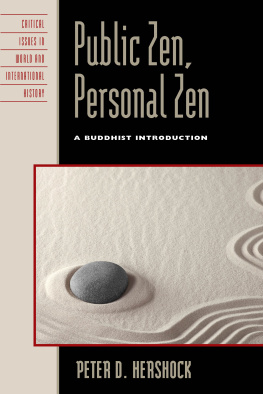


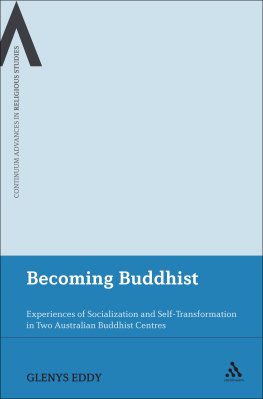
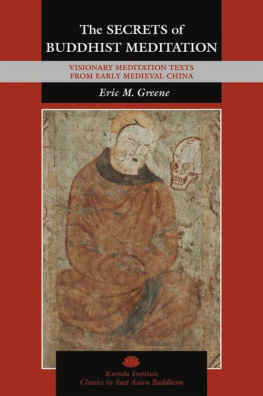
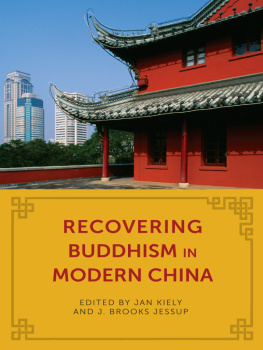
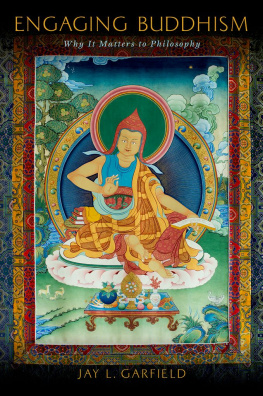
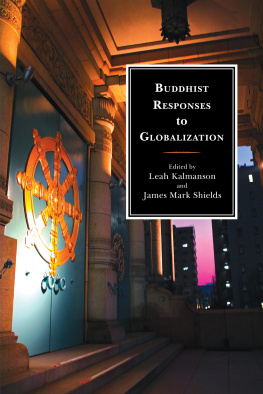
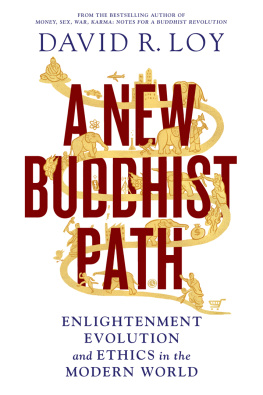
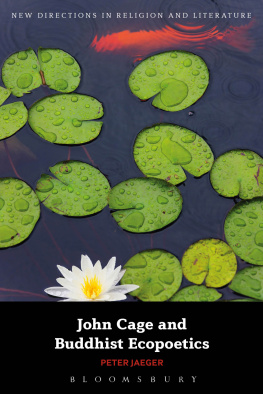
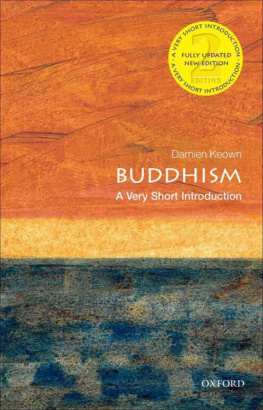
 TM The paper used in this publication meets the minimum requirements of American National Standard for Information Sciences Permanence of Paper for Printed Library Materials, ANSI/NISO Z39.48-1992.
TM The paper used in this publication meets the minimum requirements of American National Standard for Information Sciences Permanence of Paper for Printed Library Materials, ANSI/NISO Z39.48-1992.